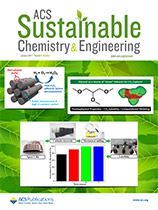Composites of commercial graphene and polymer-derived nanoporous carbons were activated with KOH and CO2 to increase the porosity. The materials are characterized using the adsorption of nitrogen, SEM/EDX, and potentiometric titration. Their electrochemical performance was measured in two and three electrode cells in H2SO4 as an electrolyte. Activation results in a significant increase in the capacitance owing to the development of porosity and an increase in the surface oxygen content. To account for the beneficial effect of the volume of pores smaller than 0.7 nm on the double layer capacitance and of surface wettability on ion transfer to these pores, a charge storage accessibility factor, CSAF, was proposed as a product of the volume of pores smaller than 0.7 nm and surface oxygen content. The results indicate that there is a dependence between CSAF and the energy storage in carbon-based supercapacitors provided that the electrical double layer capacitance in small pores is the predominant mechanism of charge storage.

